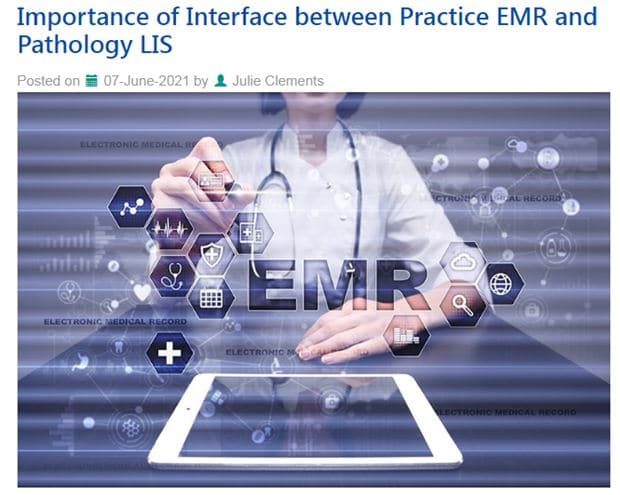
It is quite common for anyone to make New Year resolutions and some may follow those, while others drop them on the way. Physicians can also take certain good resolutions and ensure that those are faithfully kept. Ensuring accurate documentation is a resolve that physicians can efficiently meet with the support of medical transcription companies. Other resolutions doctors can make could be to improve care for patients, improve patient access to healthcare and thus improve the growth of their own practice, and to engage better with co-workers and patients.
Here are a few New Year resolutions for physicians –
Stay up-to-date with the changing healthcare trends
Take efforts to be aware of the trends that will impact healthcare in the future and prepare for the same. For instance, in 2018 telemedicine-based treatment model was the trend. By integrating telehealth into their practice, physicians could improve their workflow by expanding their services and by providing greater accessibility to patients. Many medical specialties including radiology, ophthalmology, psychiatry, pathology, cardiology and dermatology used this innovative treatment mode to improve their reach, accessibility as well as quality of care.
Also, stay more informed about emerging health IT safety–related goals and priorities. Key tech trends that may impact healthcare in 2020 include Natural Language Processing (NLP), Internet of Things (IoT), Machine Learning (ML) and Blockchain Technology.
Create a paperless environment
Even with the adoption of EHR and other advanced systems, many hospitals are still relying on paper for documentation and for patient registration. Though extinguishing all sorts of paper from a hospital is not an easy task, it is not impossible. In 2020, consider reducing paper consumption mainly to protect your environment. Patient registration can be done electronically. Cloud computing is an ideal option, as it covers everything from storing backups of important data remotely to running all office systems in the cloud. Cloud storage will help to simplify and automate IT systems.
Improve your communication with patients
Along with improving patient care, compliance, and satisfaction, better communication also helps to streamline certain office functions like patient scheduling and insurance verification so that staff can communicate financial responsibilities to patients and engage them at the outset itself. Earlier, physicians’ complaint was that EHR entry is consuming their quality time that could be spent with their patients. EHR-integrated medical transcription services are now available to help physicians in the successful adoption of Electronic Health Record systems.
Read our blog on how important proper physician-patient communication is to build strong rapport.
Strictly follow patient safety goals
Train your entire staff to follow all the rules related to patient safety such as – making sure that the correct patient gets the correct blood during a blood transfusion, labeling medicines that are not labeled before a procedure, recording and passing along correct information about a patient’s medicines, making sure that alarms on medical equipment are heard and responded to on time, using proven guidelines to prevent infection after surgery and making sure that the correct surgery is done on the correct patient and at the correct place on the patient’s body.


